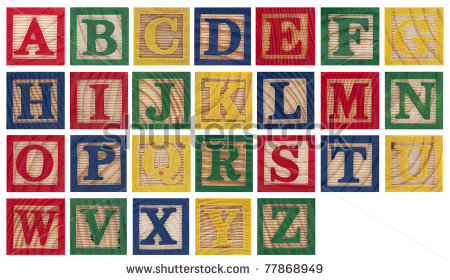

The printed image is created by repeating this process in a grid-like pattern. This process, known as block printing, entails making a stamp out of ink and pressing it into paper, fabric, or another material. In 1976 Harry McCarty invented "metalized paper" which allows for aluminum foil to be printed directly on paper.

But it wasn't until almost 100 years later that they became popular again. In the United States, John Baskerville designed some typefaces in 1772 that included big capitals. After Caslon, other type designers followed suit and produced their own versions of "big cap" letters but none were as popular as the original. It is said that George III of England enjoyed this style because it made his written documents look more official. Caslon's innovation spread quickly and within a few years every printer in Britain was using it. The use of big capitals to highlight important words or phrases was already common practice among writers at that time so this didn't come as a surprise to readers. He replaced lower-case letters with small capitals and upper case letters with big capitals. The term was first used by William Caslon III who introduced a new style of printing in 1766 called "Caslon Roman". This style is used to emphasize words and sentences as well as to create an impact through its use of large amounts of text. These signs include the STOP sign, YIELD sign, and the NO PARKING sign.īlock letters are also a synonym for block capitals, which refers to writing in all capital letters or in big and tiny capital letters in the form of typeset capital letters. Why do some signs use block letters? > Some signs used in traffic regulations and other government documents are written in block letters to make them easy to read at a distance. Although cursive writing had been used before this date, it was now replaced by block letters for recorded information. Today, they are used by handwriting experts to identify new writers who may use a ballpoint pen instead of a pencil for their signatures.ĭid you know that the first printed book used block letters? The Gutenberg Bible was printed using this method in 1455.

Block letters were used by artists and printers to ensure that the lines of their drawings and prints were clear and distinguishable. The word "blockade" comes from the name of this writing style. Have a favorite word that means "to write in block letters?" They are still used to write certain names and words such as Jesus Christ, God, earth, and mankind. Block letters were popular during the Renaissance and early modern era. However, in at least one court case involving patents, the term "block letters" was found to include both upper and lower case.Block letters (also known in academic circles as printscript, manuscript, print writing, or ball and stick) are a sans-serif (or "gothic") method of writing Latin script in which the letters are distinct glyphs with no connecting. This is because cursive handwriting is harder to read, and the glyphs are joined so they do not fit neatly into separate boxes.īlock letters may also be used as a synonym of block capitals, which means writing in all capital letters or in large and small capital letters, imitating the style of typeset capital letters. On official forms, one is often asked to "please print". The policy of teaching cursive in American elementary schools has varied over time, from strict endorsement such as the Palmer method in the early 20th century, to removal by Common Core in 2010, to being reinstated. Detail of a form filled in with handwritten block capitalsīlock letters (known as printscript, manuscript, print writing or ball and stick in academics) are a sans-serif (or "gothic") style of writing Latin script in which the letters are individual glyphs, with no joining.Įlementary education in English-speaking countries typically introduces children to the literacy of handwriting using a method of block letters, which may later advance to cursive (joined) penmanship.


 0 kommentar(er)
0 kommentar(er)
